In a previous Straight, No Chaser, we provided a pictorial demonstration of the physical signs of child abuse. Unfortunately for many, the emotional signs are even more dangerous. It’s important for you to be able to recognize the subtle emotional cues that could represent a high-risk situation for a child. Too often people take a laissez-faire approach to “abnormally acting” children. Your raising and reporting concerns could save lives.
One very important consideration is that reporting abnormal situations isn’t the same as making accusations. It’s better to think of it as establishing a path for whatever type of help is needed. To that end, today’s post will share information provided by the U.S. Department of Health and Human Services to help you recognize when a child may be in danger. Pay attention because it could be your child that is affected, and it’s not always true that what doesn’t kill you will make you stronger.
The Child
• Shows sudden changes in behavior or school performance
• Has not received help for physical or medical problems brought to the parents’ attention
• Has learning problems (or difficulty concentrating) that cannot be attributed to specific physical or psychological causes
• Is always watchful, as though preparing for something bad to happen
• Lacks adult supervision
• Is overly compliant, passive, or withdrawn
• Comes to school or other activities early, stays late and does not want to go home
• Is reluctant to be around a particular person
• Discloses maltreatment
The Parent
• Denies the existence of—or blames the child for—the child’s problems in school or at home
• Asks teachers or other caregivers to use harsh physical discipline if the child misbehaves
• Sees the child as entirely bad, worthless or burdensome
• Demands a level of physical or academic performance the child cannot achieve
• Looks primarily to the child for care, attention, and satisfaction of the parent’s emotional needs
• Shows little concern for the child
The Parent and Child
• Rarely touch or look at each other
• Consider their relationship entirely negative
• State that they do not like each other
The above list may not be all the signs of abuse or neglect. It is important to pay attention to other behaviors that may seem unusual or concerning. In addition to these signs and symptoms, Child Welfare Information Gateway provides information on the risk factors and perpetrators of child abuse and neglect fatalities: https://www. childwelfare.gov/can/risk_perpetrators.cfm
Signs of Physical Abuse
Consider the possibility of physical abuse when the child …
• Has unexplained burns, bites, bruises, broken bones or black eyes
• Has fading bruises or other marks noticeable after an absence from school
• Seems frightened of the parents and protests or cries when it is time to go home
• Shrinks at the approach of adults
• Reports injury by a parent or another adult caregiver
• Abuses animals or pets
Consider the possibility of physical abuse when the parent or other adult caregiver …
• Offers conflicting, unconvincing or no explanation for the child’s injury, or provides an explanation that is not consistent with the injury
• Describes the child as “evil” or in some other very negative way
• Uses harsh physical discipline with the child
• Has a history of abuse as a child
• Has a history of abusing animals or pets
Feel free to ask your SMA expert consultant any questions you may have on this topic.
Order your copy of Dr. Sterling’s new book Behind The Curtain: A Peek at Life from within the ER at jeffreysterlingbooks.com, iTunes, Amazon, Barnes and Nobles and wherever books are sold.
Thanks for liking and following Straight, No Chaser! This public service provides a sample of what http://www.SterlingMedicalAdvice.com (SMA) and 844-SMA-TALK offers. Please share our page with your friends on WordPress, like us on Facebook @ SterlingMedicalAdvice.com and follow us on Twitter at @asksterlingmd.
Copyright © 2016 · Sterling Initiatives, LLC · Powered by WordPress

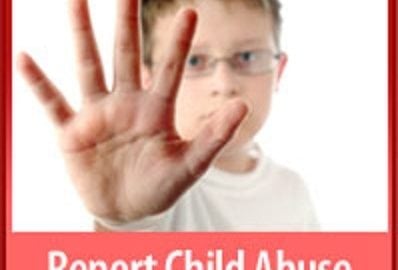
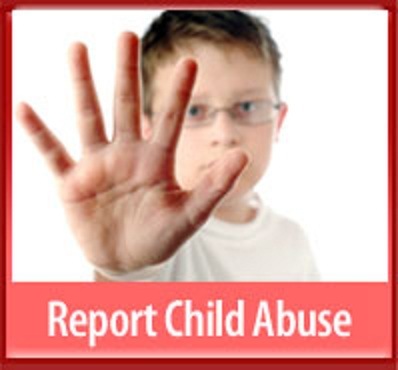

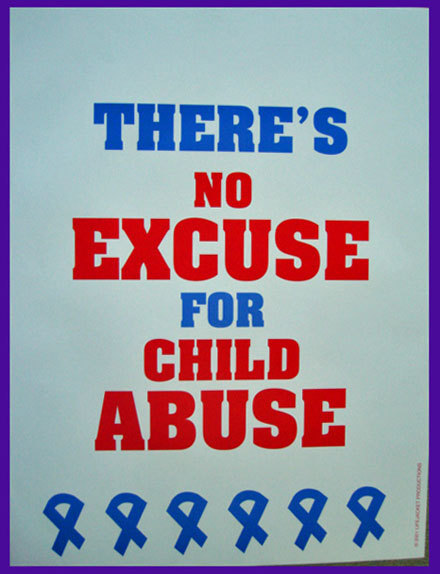
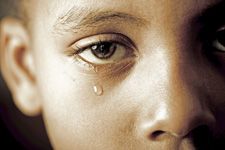

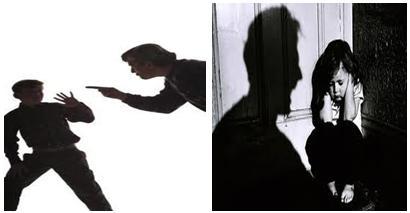
So desperately sad that this post is so necessary in today’s world.
Indeed. And we fight on.